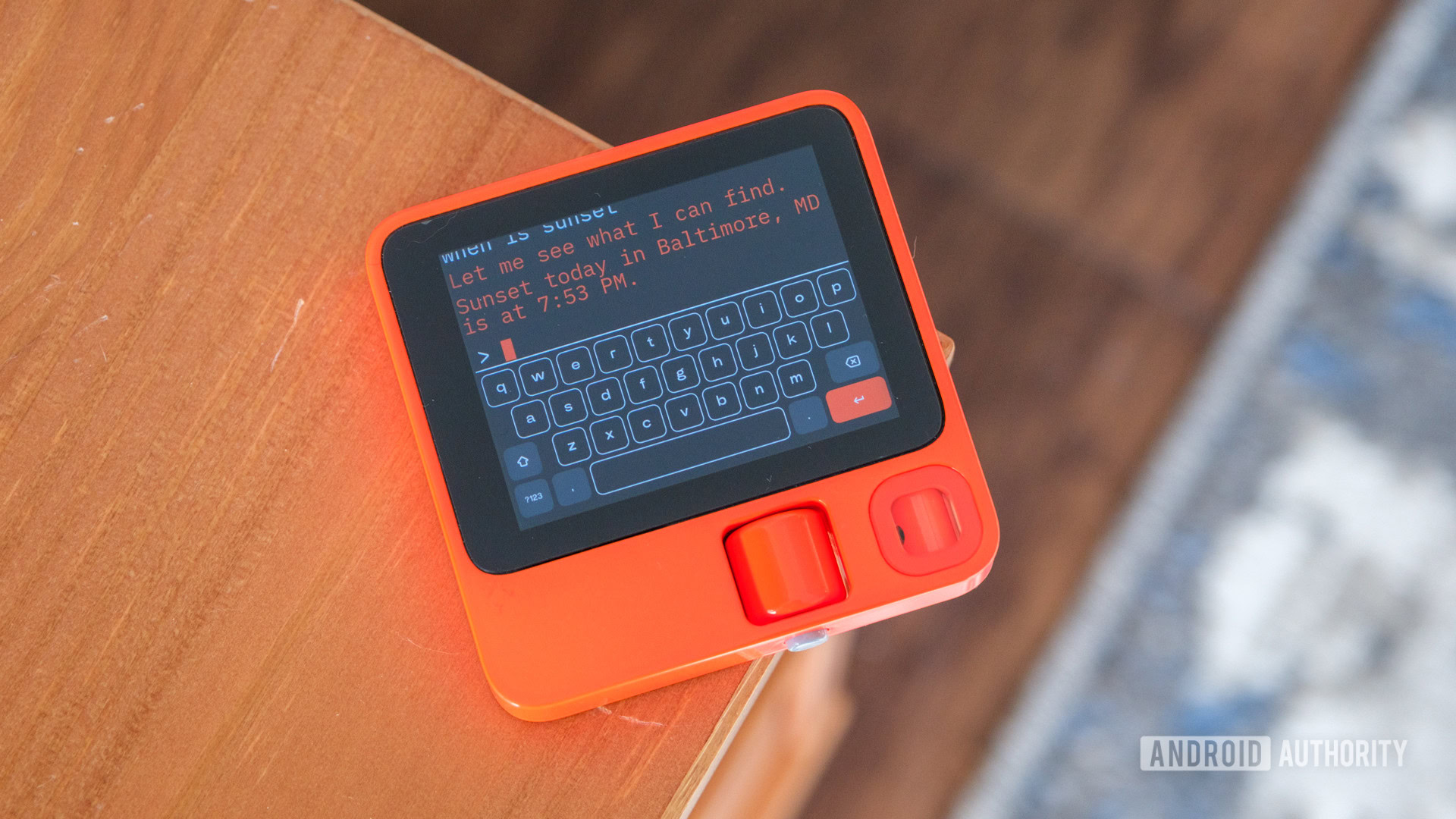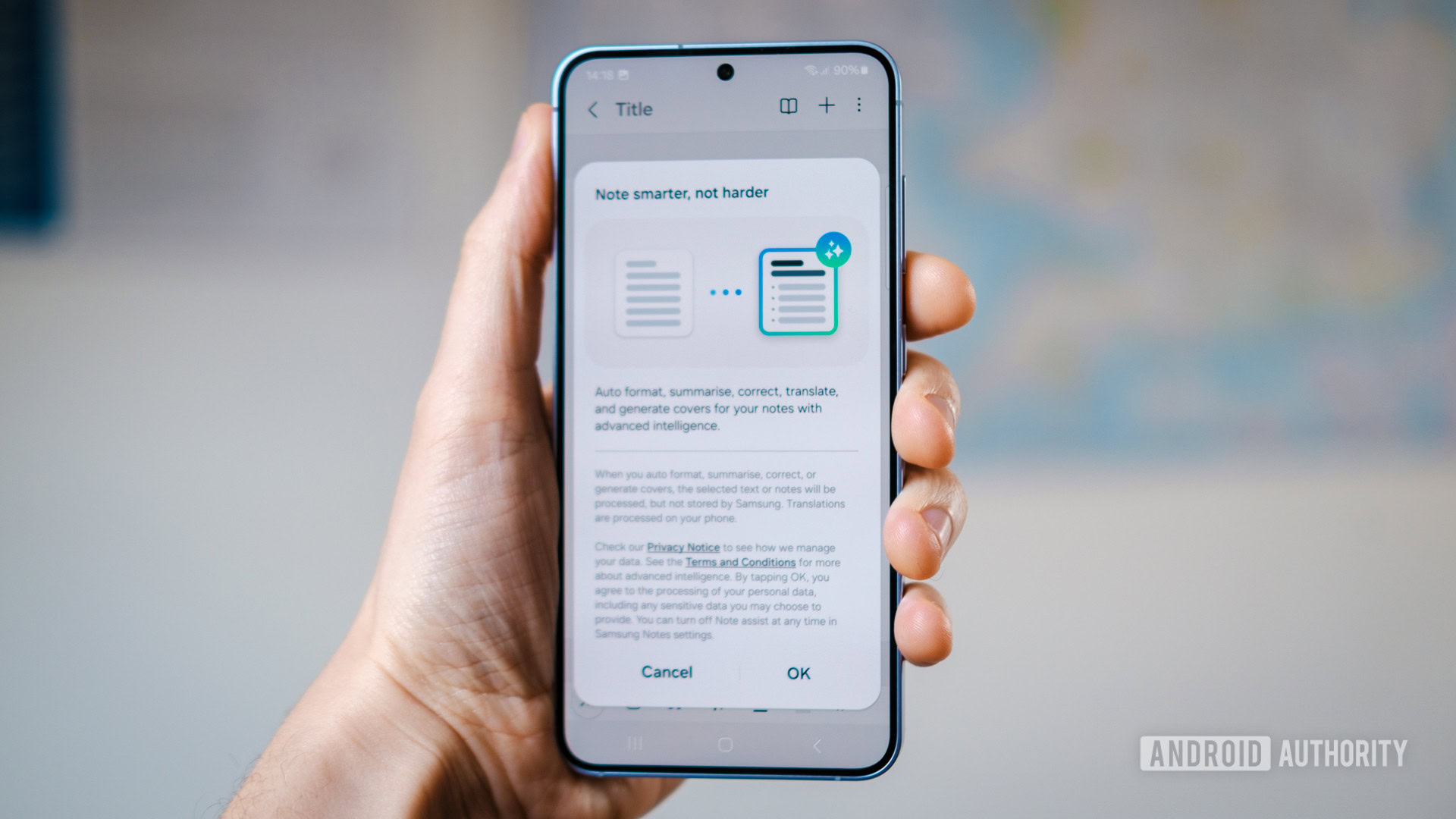Tech
Rabbit and Humane should be a lesson for smartphones too

If you’ve been on the internet at all this week, you’ll have spotted plenty of reviews for the new Humane AI Pin and Rabbit R1 that are, to be frank, brutal. Riding the AI hype train hasn’t been enough to disguise the incredibly limited, “in development” nature of their software or some outright broken functionality. The consensus is clear: Do not buy one.
These products may even have deflated the bulging AI bubble, at least a little. Many of the best smartphone manufacturers, who too are rushing to cram AI into every conceivable facet to turn around their fortunes, should also view Humane and Rabbit as a cautionary tale. As should handset consumers.
Would you buy the Rabbit R1?
1590 votes
Ryan Haines / Android Authority
Even when they work correctly, part of the problem is that there’s not a hugely compelling reason to use these standalone AI products. As we put it in our hands-on; it’s hard to answer why the Rabbit R1 isn’t just an app instead (it turns out that you can run it on your phone). Yes, voice commands that free you from a screen are cool. Likewise, AI chit-chat, text summarization, translations, note-taking/transcriptions, and even real-time object detection can all be useful, but they’re not game-changing enough to justify an entirely new product category.
You’ll find many of these same features touted in fledgling smartphone AI suites, such as Samsung’s Galaxy AI. However, I’ve barely used Circle to Search or voice recorder transcriptions since their introduction. Despite what companies might think, AI isn’t a selling point itself and consumers will quickly forget about or tire of features that aren’t actually helpful. Numerous polls we’ve conducted also suggest that most of you aren’t all that bothered by generative AI features. Put simply, brands can’t rely on AI buzz, or lack thereof, to shift units.
Humane and Rabbit have been slated for their poor functionality, but smartphone AI isn’t much more sophisticated.
Worse, though, these AI-centric devices offer very few third-party app integrations that, in theory, could make them genuinely useful tools. Spotify, Uber, and DoorDash, when their web-hacked integrations even work, are your lot on the Rabbit R1, while Humane has Tidal for music and that’s it. What a joke, even for early-stage products.
Mobile isn’t dissimilar though. Galaxy AI’s web page summarization only works in the Samsung Browser, yet most of us are probably using Chrome or Firefox. What if I want Google to summarize emails from a self-hosted provider or play back media from local storage rather than a popular cloud service? This is the big problem that AI, and even last-gen assistants, have yet to solve. Google, Apple, Microsoft, or whoever, has to figure out how to marry AI with the huge app ecosystem that consumers currently enjoy. Harder still will be convincing developers to cross platforms, which proved incredibly difficult back in the heydays of virtual assistants. Either way, reinventing the wheel with proprietary features won’t make for an AI platform that consumers will want to invest in long term.

Robert Triggs / Android Authority
This point leads us to the heart of the problem with the Rabbit R1, Humane AI Pin, and other AI products on the market. They all rely on cloud processing to run the large language models (LLMs) that make up their core functionality. In fact, both appear to rely on OpenAI’s ChatGPT-4 model in at least some form, likely because it’s considered the cutting-edge LLM right now with a solid API behind it. These devices might be little more than a wrapper for third-party APIs, as are many of the AI applications you’ll find scattered across the Play Store and even in the enterprise space. If ChatGPT goes down or your network suffers performance issues, your Rabbit R1 becomes a paperweight. But it’s also a problem because any integrations are only skin deep.
Building products that rely entirely on third-party services has always been pretty dumb, as services can change features and costs or shut down altogether. How many times have we complained about shutdowns within Google’s own ecosystem? However, the AI arms race has led many companies to dispense with this piece of common sense. Looking at smartphones, this underpins how important the work on Google’s Gemini Nano and Android NN APIs actually is. Nano runs small models locally on-device, without the cloud, ensuring that functionality is secure and works even when your phone is temporarily offline.
Cloud AI is good for building products quickly, but the limitations are glaringly obvious.
On-device AI requires advanced hardware and software that isn’t cheap to invest in or build (there’s a reason the R1 only costs $199) and it still doesn’t automatically solve the application and use-case problem. Still, if there’s an AI strategy that’s going to win out, it’s almost certain to be one that takes the time to nail all these boring but necessary fundamentals first.
So, let the Rabbit R1 and Humane AI Pin be a warning to those aboard the hype train and to smartphone brands (and consumers) with AI tunnel vision. It takes much more than just flashy-sounding AI features to make a genuinely compelling product, and we’re probably still a couple of years away from solving these early issues.









